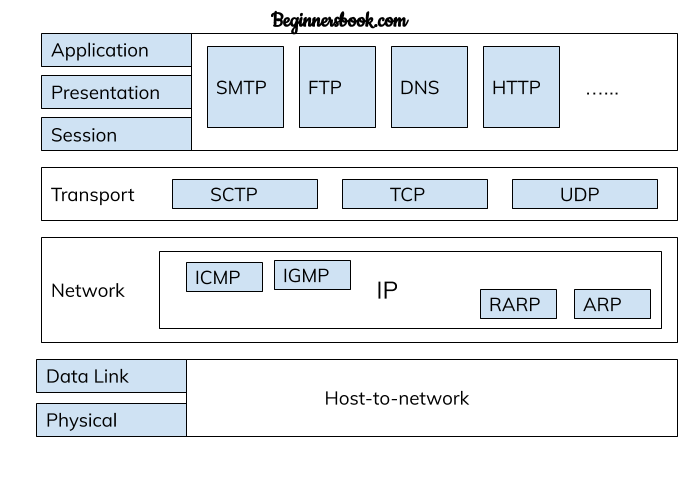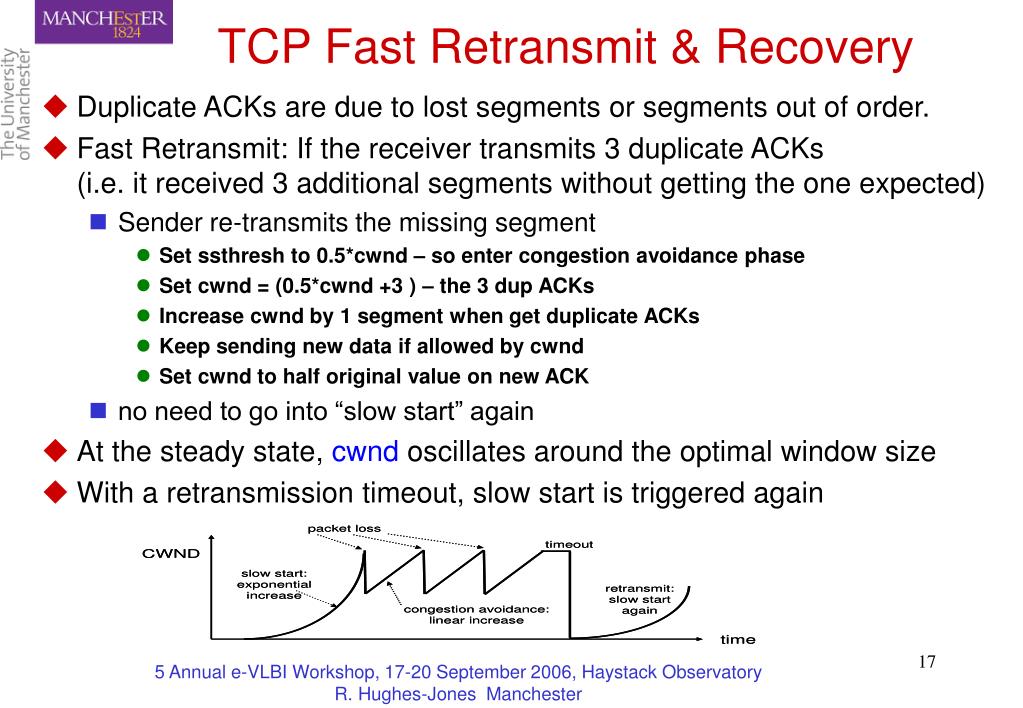

The IP addressing conventions are part of the IP protocol. Routing protocols are possibly the most significant of the entire TCP/IP suite. (ARP), and the Internet Control Message Protocol (ICMP).

Includes the powerful Internet Protocol (IP), the Address Resolution Protocol The Internet layer, also known as the network layer or IP layer, accepts and delivers packets for the network. Layer protocols are Ethernet IEEE 802.2 framing and Point-to-Point Protocol The data-link layerĪlso provides error control and “framing.” Examples of data-link Protocol type of the packet, in this instance TCP/IP. The data-link layer identifies the network The physical layer of TCP/IP describes hardware standards such as IEEEĨ02.3, the specification for Ethernet network media, and RS-232, the specificationįor standard pin connectors. Physical network layer specifies the physical characteristics of the communications The characteristics of the hardware to be used for the network. Transaction runs a unique implementation of the protocol stack. Each system that is involved in a communication The table shows the TCP/IP protocol layers and the OSI model equivalents.Īlso shown are examples of the protocols that are available at each level NFS, NIS, DNS, LDAP, telnet, ftp, rlogin, rsh, rcp, RIP, RDISC,Įthernet (IEEE 802.3), Token Ring, RS-232, FDDI, and others (application) to the bottommost layer (physical network). The table lists the layers from the topmost layer The following table shows the layers of the Solaris TCP/IP either combines several OSI layers into a single layer, or does not TCP/IP does not directly correspond to this model. The OSI model describes idealized network communications withĪ family of protocols. Other network protocols, such as SNA, add an eighth layer. For example, the OSI network protocol suite implements all seven layers Handles the transfer of data across the network media.ĭefines the characteristics of the network hardware.Ĭonceptual operations that are not unique to any particular network protocol Manages data addressing and delivery between networks. Manages the connections and terminations between cooperating systems.

Table 1–1 Open Systems InterconnectionĬonsists of standard communication services and applications that everyoneĮnsures that information is delivered to the receiving system in a form The OSI model lists the protocol layers from the top (layer 7) to theīottom (layer 1). That are common to all types of data transfers among cooperating networks. The layers represent data transfer operations The OSI model describesĪ structure with seven layers for network activities. (OSI) Reference Model that uses structured layers. Organization for Standardization (ISO) designed the Open Systems Interconnection Most network protocol suites are structured in layers. Each layer acts in parallel with the same In essence, each layer on a system acts independently TheseĪctivities occur independently from activities in layers above or below the

Each layer exists on both the sending and receiving systems.Ī specific layer on one system sends or receives exactly the same object thatĪnother system's peer process sends or receives.
#Learn tcp ip fast series
Suites are structured as a series of layers, sometimes collectively referred Protocol Layers and the Open Systems Interconnection For more information on DNS, refer to System Administration Guide: Naming and Directory Services (DNS, NIS, and LDAP).
#Learn tcp ip fast registration
InterNIC coordinates the registration of domain names through a group of worldwide Name System (DNS), you must obtain and register a unique domain name. If hosts on your network are to participate in the Internet Domain You obtain this address from an Internet service provider (ISP). Obtain a unique IP address for your network. To interconnect your TCP/IP network with other networks, you must Refers to the wide area network and the bodies that govern the Internet. Refers specifically to the Internet protocol suite. Many texts use the term “Internet” to describe both the protocol Of network protocols that compose the Internet Protocol suite. “TCP/IP” is the acronym that is commonly used for the set Although the information is conceptual, you should This section presents an in-depth introduction to the protocols


 0 kommentar(er)
0 kommentar(er)
